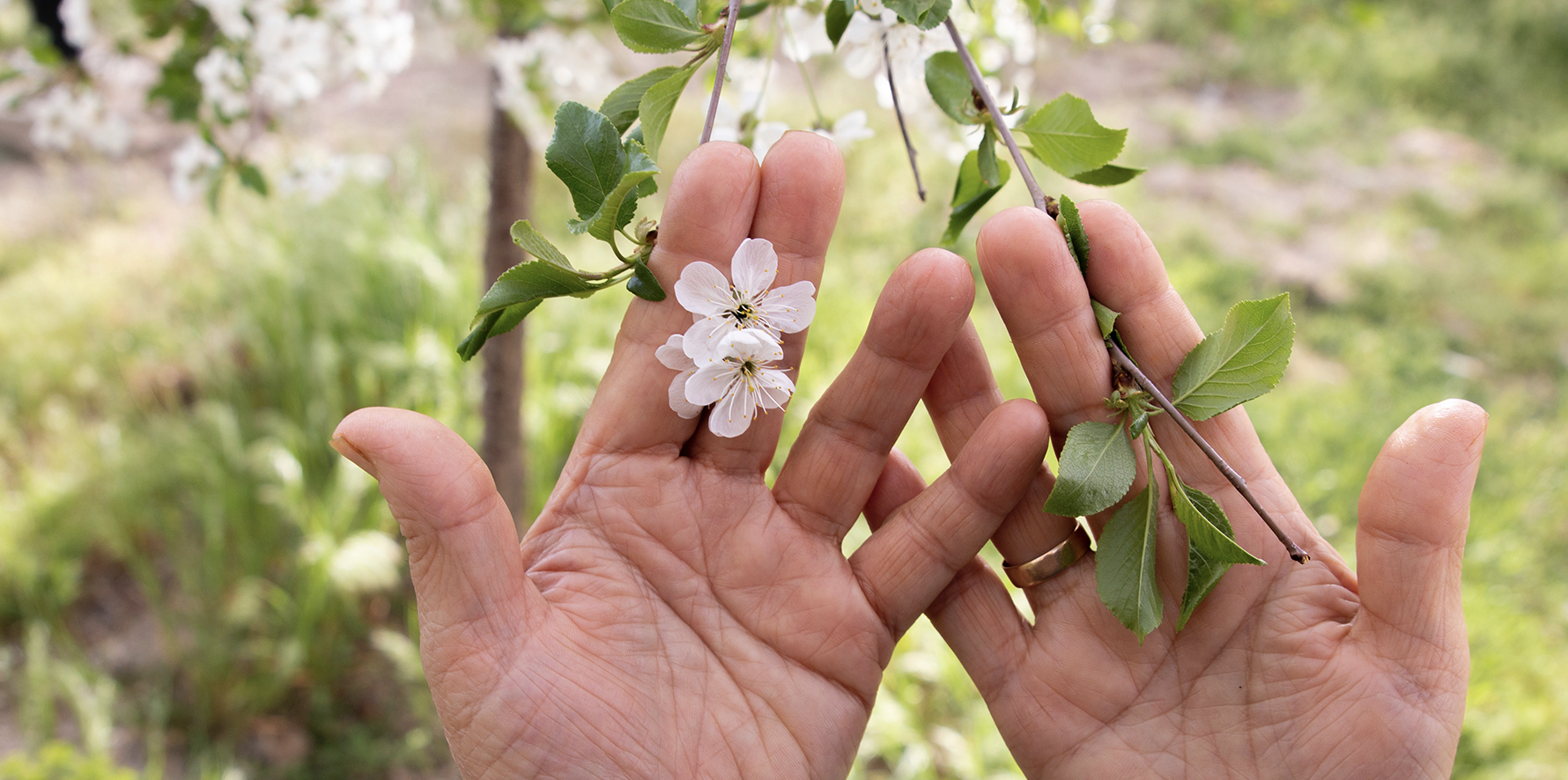
Wildflower Viewing Guide For Winter Park, CO
This winter has proven to be one for the record books! With all of this incredible snowfall we have experienced, we are expecting this wildflower season to be the best we have seen in over a decade. Colorado is home to a wide variety of wildflowers that bloom in an array of vibrant colors, including blue columbines, yellow sunflowers, and purple lupines. There is nothing we love more that the sight of wildflowers against the backdrop of majestic Parry Peak, Winter Park’s crystal-clear lakes, and our world renowned rolling hiking trails. Winter Park is an ideal place for beautiful spring wildflower viewing, as there are so many different varieties to see here. Colorado’s wildflower season is not only visually stunning but also provides an opportunity to witness a diverse range of plant species. Colorado is home to over 3,000 species of wildflowers, including many rare and endangered species. Here is a list of some of our favorite wildflowers you may see: Local’s Tip: It’s always important to be mindful and respectful of the natural environment when viewing wildflowers. Stick to designated trails, avoid picking flowers, and take care not to damage the plants or their habitat. First thing’s first: when you’re checking out wildflowers in Colorado, you’ll need to know what to look for. There are literally hundreds of wildflowers that grow in Colorado, but here’s a list of some of the most common: The Rocky Mountain Columbine is a gorgeous blue and white star-shaped flower you’ll find all over the state, which is appropriate since it’s Colorado’s state flower. In many parts of Colorado, the arrowleaf balsamroot plant’s sunny yellow flowers are a welcoming sign of spring. The flowers look a lot like mule’s ears, but if you look closely, you’ll notice some major differences. While mule’s ears have long, narrow leaves up to sixteen inches long, and are shaped like the mule ears for which they are named. Arrowleaf balsamroot has leaves that are wider, about four inches wide, and less than a foot long. As the name suggests, these leaves are shaped like arrowheads. The flowers grow on long stalks, and after they die, the leaves and stalks dry up—you can see the dried, graying skeletons of last year’s growth beneath the greenery of this year’s plant. These large yellow blooms are found in higher elevation deserts; where there is sandy soil and a semi-desert climate. The leaves and stems are rough and scaly, and the broad flowers are about two inches wide. Larger plants grow in a bushy cluster full of cheerful yellow flowers. Bitterroot was discovered on the Lewis & Clark expedition and stood out to the explorers because the plant’s roots can be dug up, dried completely, stored for months, and then planted again. As you might expect from the name, the root of this plant is edible and quite bitter. The root goes dormant in the heat of summer and starts activating in the fall, with leaves that remain green through the cold winter months and wither in the spring to be replaced with a short-stalked flower with pink petals that fade to white near the center. Bitterroot grows best in dry shrublands and piñon-juniper forests. This gorgeous bloom comes in shades of red, orange, and yellow, like a fiery tie-dyed sunflower. Delicate bluebells look exactly like what the name implies. These intensely blue flowers grow in clusters along a stalk that can be up to a foot long. With blue-green leaves and delicate, 5-petaled flowers, broadbeard penstemon, also sometimes known as ‘whorled beardtongue,’ are easy to spot in the eastern plains and foothills of Colorado, usually in May and June. This pretty flower is part of the buttercup family, and usually is one of the first signs of spring. It starts blooming around Easter or Passover in wet areas where snow is melting, anywhere from the foothills to subalpine regions of the state, and is unique because the flower blooms even before the leaves develop. These little pink flowers, when viewed from the right angle, look just like the head of an elephant, trunk, ears, and all! Fireweed gets its name from its ability to grow so quickly and prevalently in areas ravaged by wildfires, and since it can survive to a subalpine level of elevation, it blankets the ground on a lot of Colorado hikes. This tall flower with its cup-like bracts comes in a variety of colors, but you’ll most likely spot the red and orange varieties in Colorado. Blue flax, or prairie flax as it’s sometimes called, is not only beautiful, but it’s also incredibly useful. The seeds are edible and often used for baking or making oils, and the long stems can be used to make linen. Another fun fact—blue is a particularly favorite color of pollinators like honeybees, who go crazy over this beautiful little bloom. Chances are if you haven’t seen this cute little flower out in the wild, you’ve seen it in one of your neighbor’s gardens. Periwinkles are not native Colorado wildflowers—they hail from Europe and are actually quite invasive. They do provide great ground cover in shady, wooded areas, and are quite beautiful. Pink Mountain Heather carries small pink blooms on a low, shrubby, bush-like plant. It grows at higher elevations in subalpine forests and meadows. This furry pink plant grows on a tall stem, and as the name implies, it attracts a lot of pollinators. Some of its other common names are less complimentary, like “skunk weed” or “stinking clover.” Also known as “prairie rocket,” the sand-dune wallflower ranges in color from a light yellow to deep orange and prefers to grow in the dryer, hotter parts of the state. Scarlet Gilia was first discovered by famous explorers Lewis and Clark in the mountains of Idaho during their expedition across the US. Each of its red, pink, or white flowers looks like a long tube with five petals at the end. In the grasslands and semi-desert climates of Colorado like the Four Corners region, the sego lily usually crops up in April. This plant grows from a bulb, more like an onion than anything, with a thin stem and delicate, tulip-like flowers that range in color from white to magenta to lavender. Starting in April, depending on elevation, with a season that extends into August. Shooting stars are delicate and instantly recognizable, with swept-back purple petals behind a yellow center and a pointed black pistil that looks like a little dart. A single stem grows in a cluster called an umbel, and can have as many as 20 flowers. Shooting stars are very bee-friendly and grow all over, but in Colorado, they’re most often found in mountain meadows, especially near moisture. They are hardy up to 11,000 feet elevation, so you can find them in plenty of areas in Colorado. Often found in the higher elevations in Winter Park, CO. These grow best at 8,200 to 13,400 feet, and a fully mature plant can have dozens of gorgeous deep purple blooms on a single stalk. Soon after the snow melts, the white marsh marigold appears along wetlands and riverbanks as one of the earliest harbingers of spring in the mountains. They are sometimes called “elks-lip” because of the shape of the broad, glossy leaves. Beebalm grows all over the US, but it’s perfectly suited for Colorado’s dry, sunny climate. Drought-tolerant, with spiky, colorful flowers that look a little like threadbare pompoms, beebalm is, as the name suggests, a very bee-friendly plant. You’ll find it in a lot of wildflower and pollinator seed packs, as well as out in the wild in alpine meadows. You can find wildflowers pretty much anywhere in Colorado, but towns with higher elevation such as Winter Park prove to have the most biodiversity. The higher your elevation, the greater the variety. Wildflowers can offer insight into the natural history and ecology of an area. By observing the types of flowers that grow in a specific region, visitors can learn about the soil composition, elevation, and climate of the area. Whether you’re hiking, biking, horseback riding, off-roading, or taking a scenic drive, you’re sure to spot some colorful flowers this spring and summer. Viewing wildflowers is a great way to immerse yourself in nature and enjoy the great outdoors. Many of Colorado’s wildflower viewing areas offer opportunities for hiking, picnicking, and birdwatching. Spending time in nature and taking in the beauty of wildflowers can be a calming and peaceful experience. It is an opportunity to disconnect from the hustle and bustle of daily life and recharge in a natural setting. Overall, viewing wildflowers in Colorado is a fantastic way to experience the state’s natural beauty, biodiversity, and outdoor activities while learning about its ecology and taking a break from everyday stress.Colorado Wildflowers: A Viewing Guide For Beginners
Colorado Blue Columbine
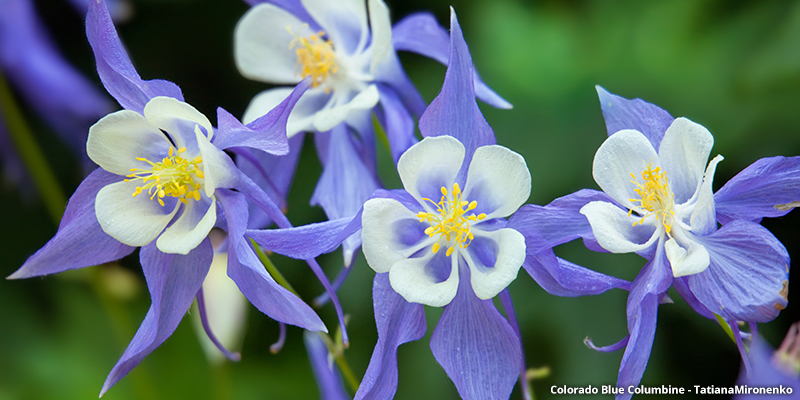
Arrowleaf Balsamroot
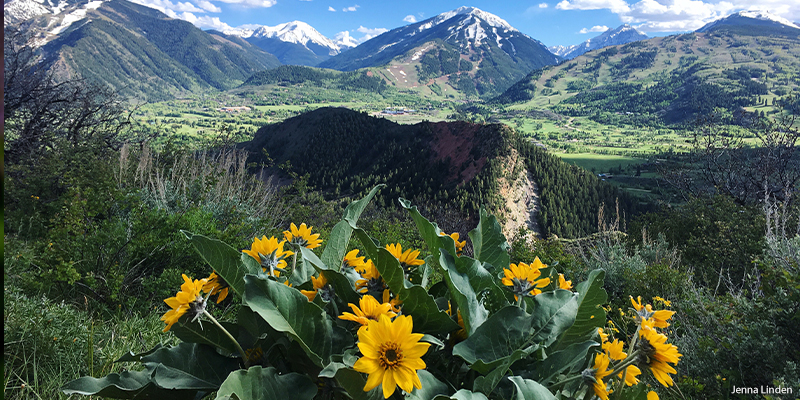
Badlands Mule-Ears
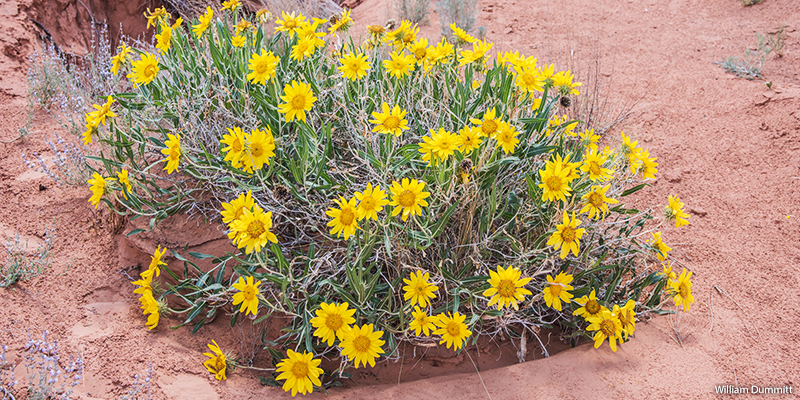
Bitterroot
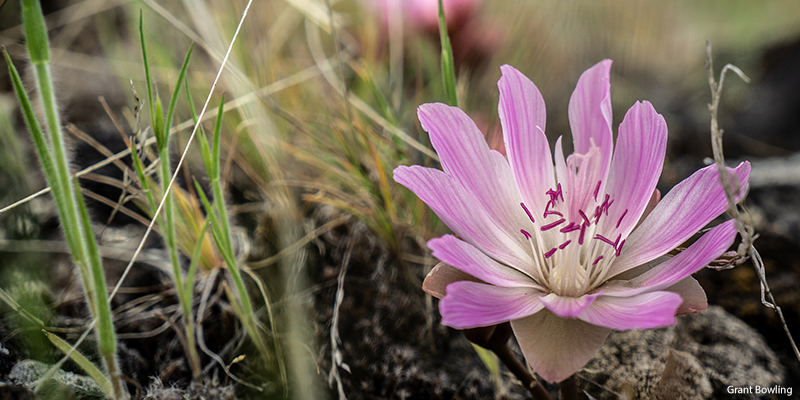
Blanketflower
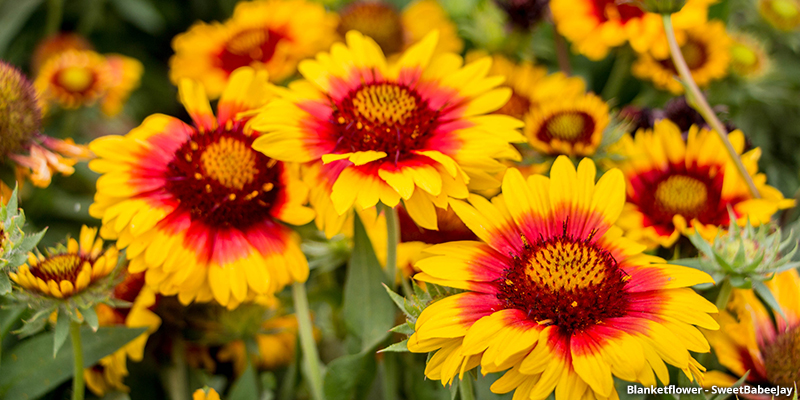
Bluebell

Broadbeard Penstemon
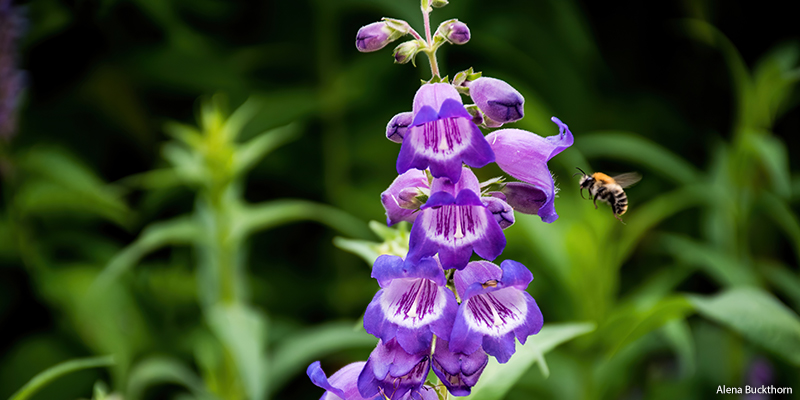
Eastern Pasqueflower
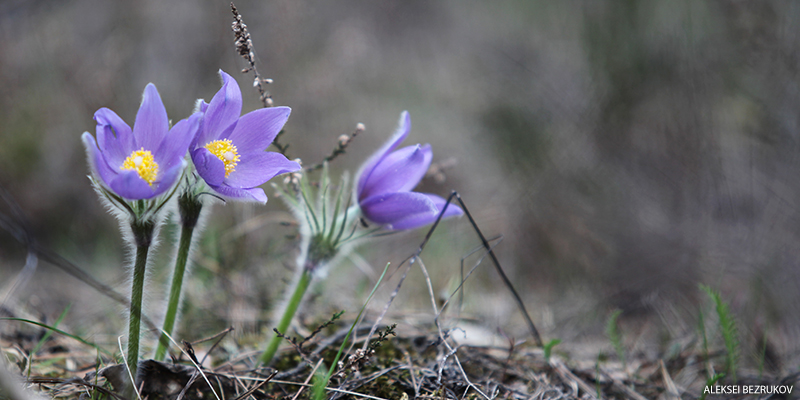
Elephant Head Lousewort
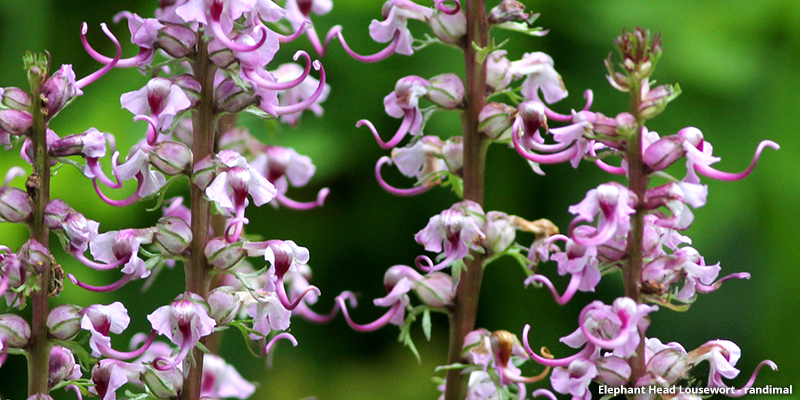
Fireweed
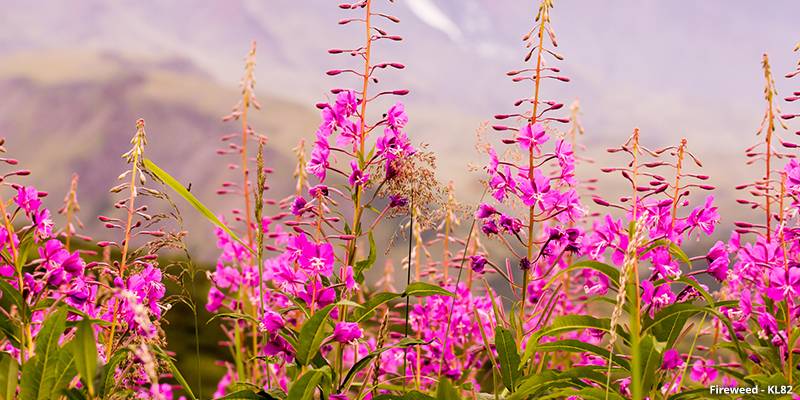
Indian Paintbrush
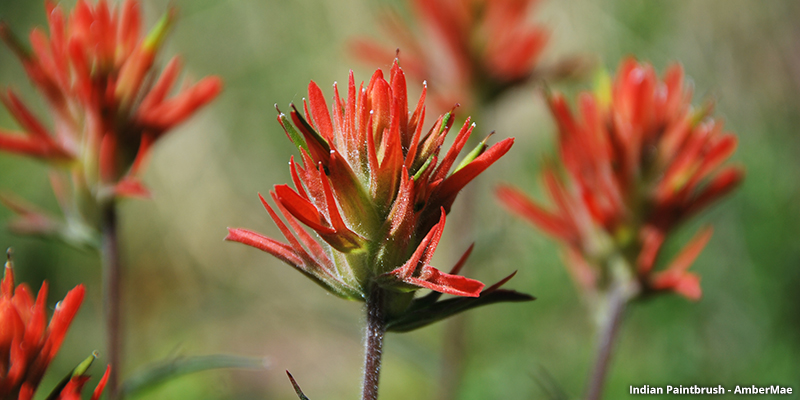
Lewis’ Blue Flax
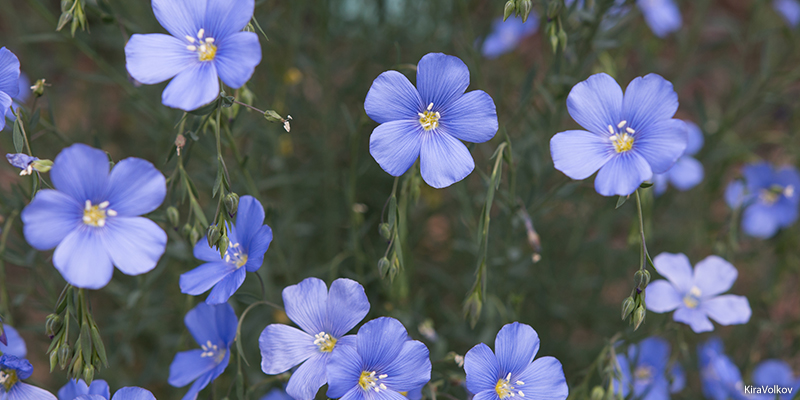
Periwinkle
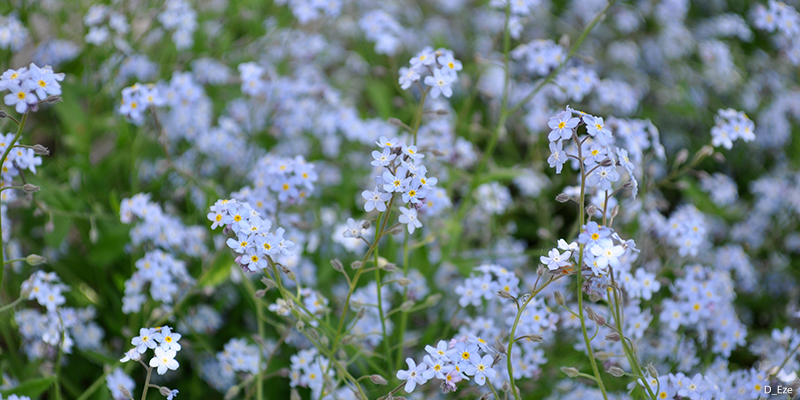
Pink Mountain Heather
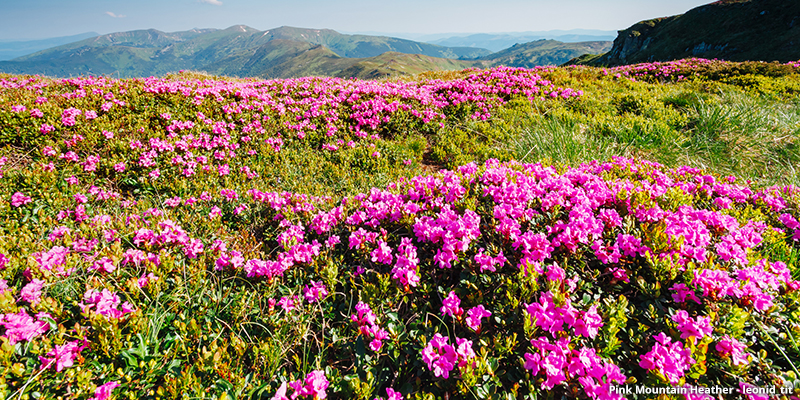
Rocky Mountain Bee Plant

Sand-dune Wallflower
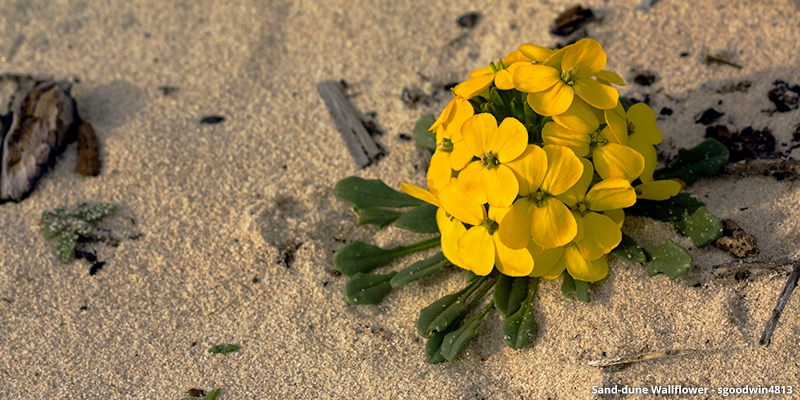
Scarlet Gilia
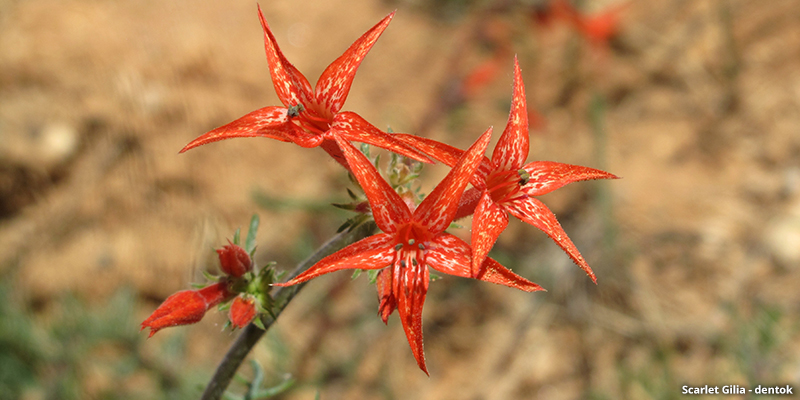
Sego Lily

Shooting Stars

Silky Lupine
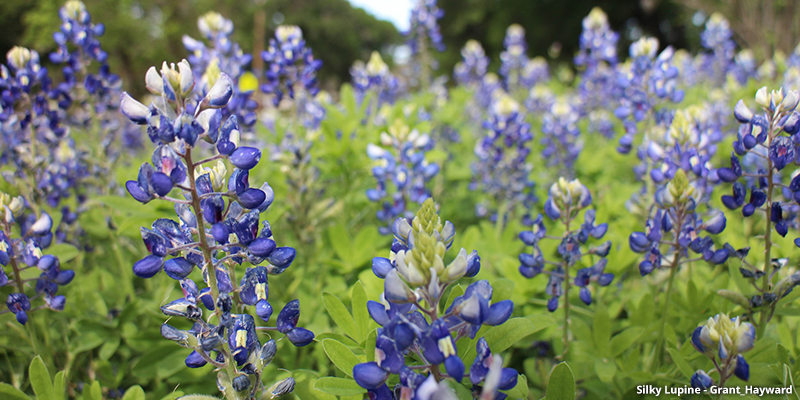
Subalpine Larkspur
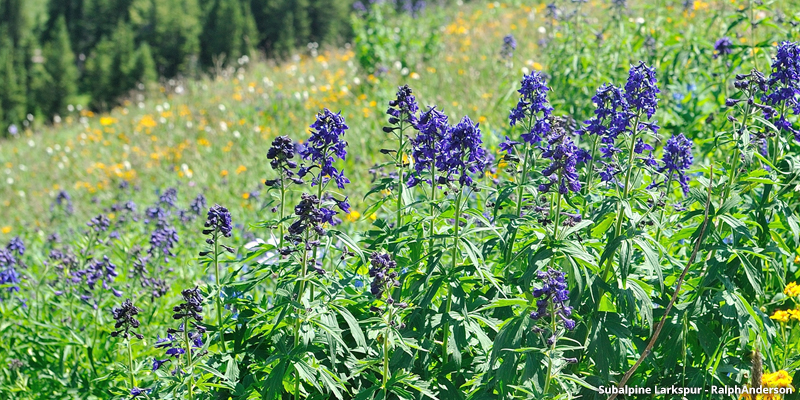
White Marsh Marigold
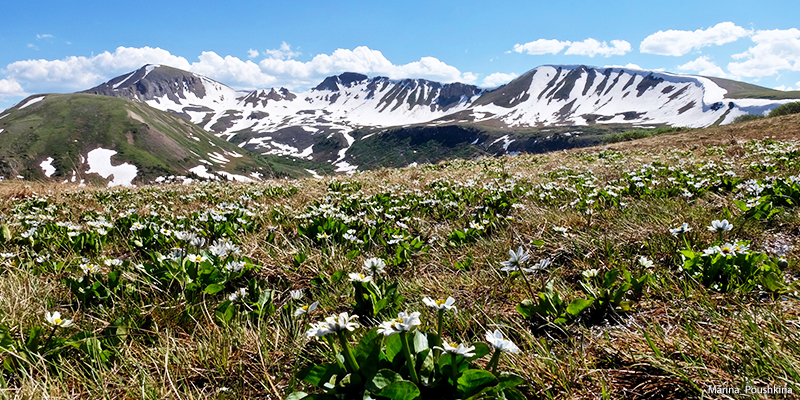
Wild Bergamot, aka Beebalm
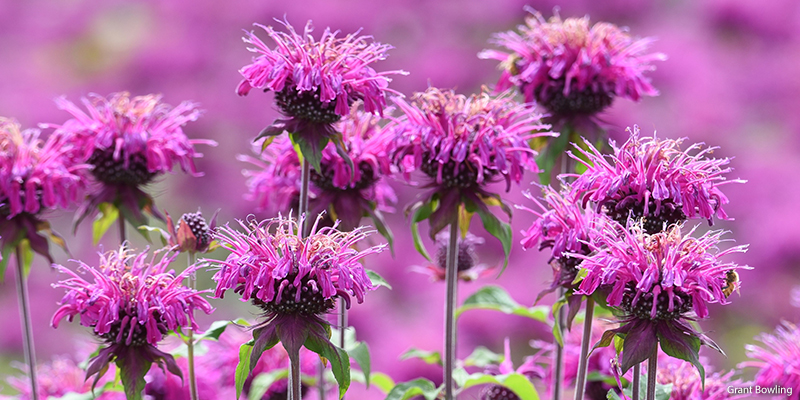
Wildflowers In Colorado
Best of Winter Park, Local Info & News, Things to Do, Vacation Tips, Winter Park Lodging # houses to rent, large ski out homes, luxury lodging, ski in ski out

